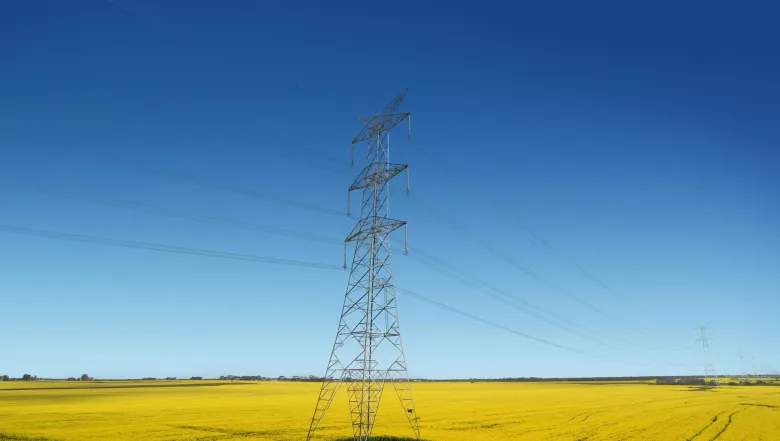FAQs
Search Results
Undergrounding
What is the difference between overhead and underground transmission lines?
Overhead transmission lines have a smaller construction and operational footprint with a tower every 450 to 550m and can be designed to avoid and minimise environmental and land use impacts.
Overhead transmission lines can span over sensitive areas, such as flora and fauna habitat, towers can be positioned to avoid specific locations, such as Aboriginal cultural heritage sites, and can be sited in places that are less disruptive to agriculture and other land uses.
Underground cables reduce visual impact along the line, however above-ground structures are still required. Reactive compensation stations up to 200x200m (4 ha) in size, and with structures up to 10m high, are required for HVAC underground construction every 30km.
Partial underground solutions require transition stations up to 2 ha in size where the overhead transmission line connects to the underground cable.
More information is available in the Underground construction summary.



